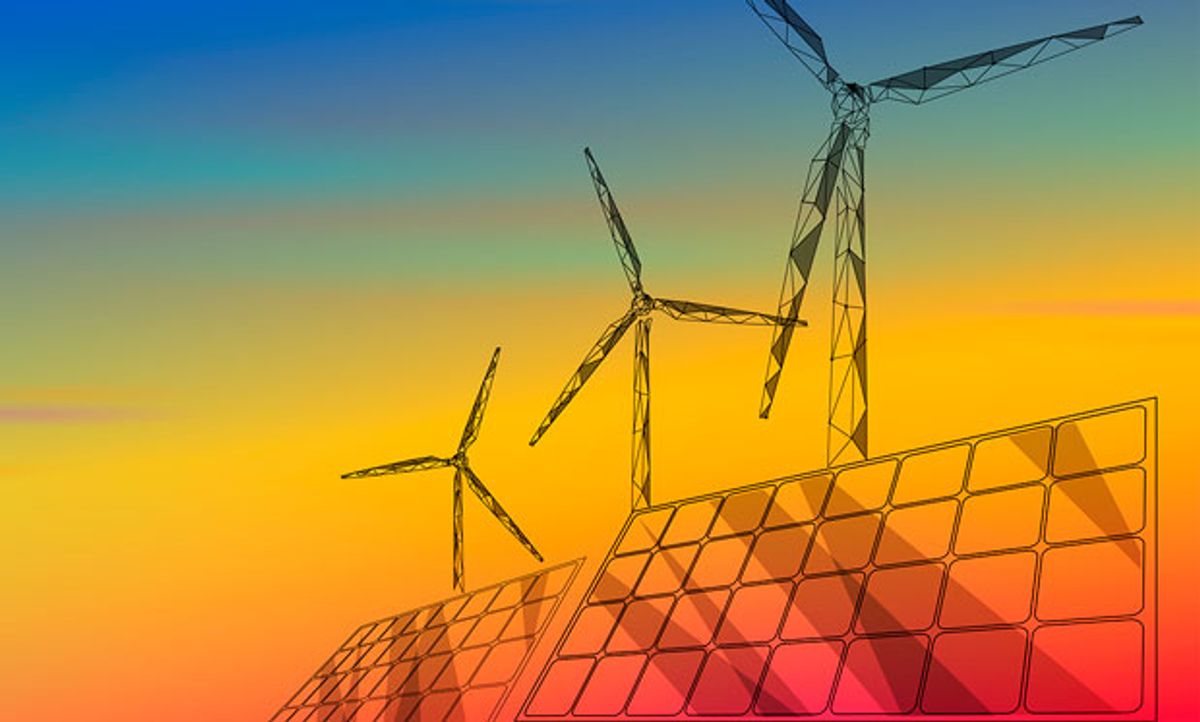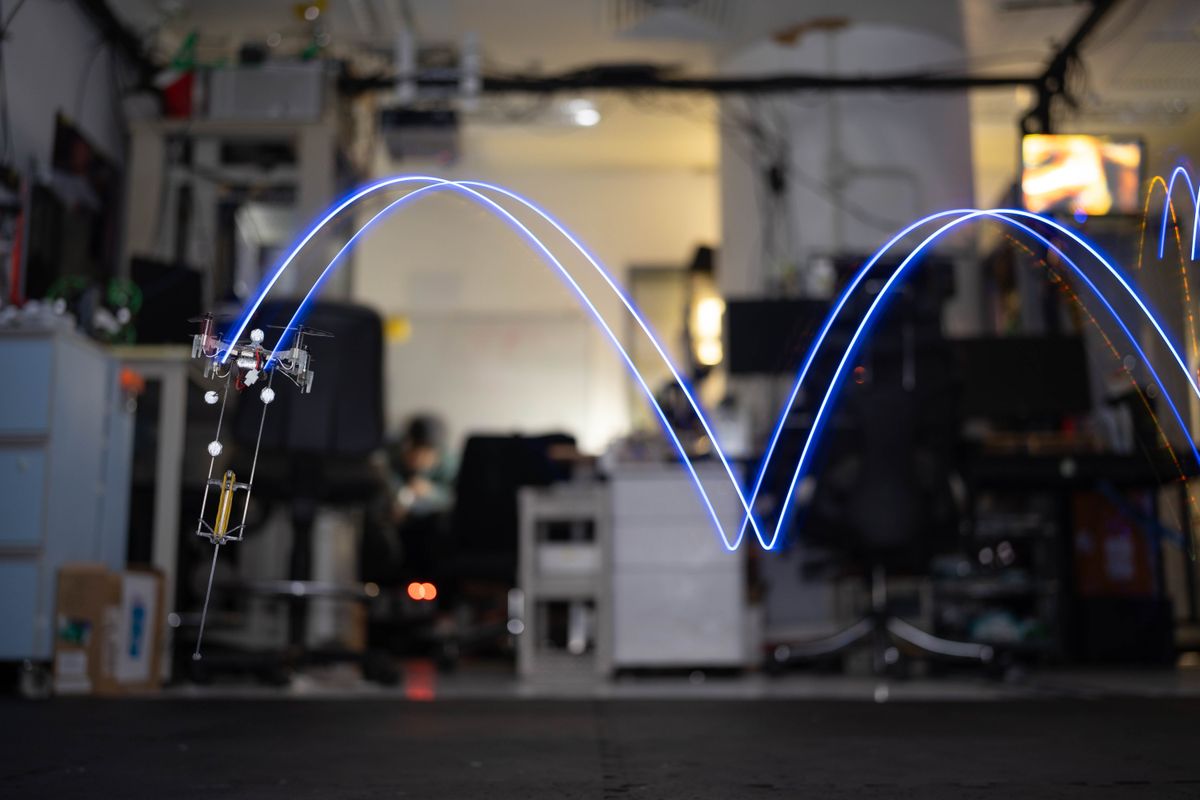Keeping food cold is an energy-gobbling endeavor. Refrigerated food warehouses and factories consume immense amounts of energy, and this cooling demand is expected to increase as the climate warms while global incomes and food consumption rise. A team of researchers and companies in Europe are now developing a cryogenic energy storage system that could reduce carbon emissions from the food sector while providing a convenient way to store wind and solar power.
The CryoHub project will use extra wind and solar electricity to freeze air to cryogenic temperatures, where it becomes liquid and in the process shrinks by 700 times in volume. The liquid air is stored in insulated low-pressure tanks similar to ones used for liquid nitrogen and natural gas.
When the grid needs electricity, the subzero liquid is pumped into an evaporator where it expands back into a gas that can spin a turbine for electricity. As it expands, the liquid also sucks heat from surrounding air. “So you can basically provide free cooling for food storage,” says Judith Evans, a professor of air-conditioning and refrigeration engineering at London South Bank University who is coordinating the CryoHub project.
By providing renewable energy storage and low-carbon refrigeration, CryoHub falls at the crux of two key E.U. climate targets: getting at least 32 percent of energy from renewables, and boosting energy efficiency by at least 32 percent. These goals are part of the E.U.’s commitment to prevent dangerous climate change by keeping global warming to within 1.5 degrees Celsius, an objective that world leaders are gathering to discuss next week at the United Nations Climate Action Summit.
The U.K. is already a leader in liquefied air energy storage (LAES) technology. London-based Highview Power put the first-ever LAES system online last summer. The 5-MW demonstration plant near Manchester is designed to power 5,000 homes for about 3 hours.
Like compressed-air energy storage—which it’s easy to confuse with—and pumped hydro, LAES can store enough wind and solar electricity to power hundreds of thousands of homes for decades. Batteries get too large and expensive to use at that scale, and they also have limited life spans. But liquid air takes up a fraction of the footprint of pumped hydro and compressed air and doesn’t require elevation changes or large underground caverns.
Projects like Highview Power’s plant and CryoHub hope to tap into those advantages. But the problem with LAES is its dismal round-trip efficiency. “That’s the ratio of energy out one end versus in the other,” Evans says. Both liquefying air and expanding it require electricity, so they bring down efficiency.
But there are ways to boost efficiency. While they use electricity, both the liquefaction and expansion processes also produce waste energy—heat and cold, respectively. To increase round-trip efficiency, you need to use every bit of this waste energy, Evans says: “A good process should be able to store heating and cooling in thermal stores so you can fully utilize the heat produced during liquefaction and the cooling produced during electricity generation.”
That’s exactly what the CryoHub consortium plans to do by integrating LAES with industrial refrigeration. The coordinators are aiming for an overall efficiency of 60 to 70 percent by recycling waste heat and using waste cold at food warehouses. High on Evans and her colleagues’ agenda has been to find a low-cost, effective material to store waste heat. They are testing glass beads for the job. Using waste heat from, say, a nearby factory or power plant to warm up the cryogen would also help.
In 2020, the team, which includes partners from five countries, will start building a 100-kW demonstration plant at a refrigerated food warehouse in Lommel, Belgium, owned by Frigologix, a cold-chain specialist in France and Belgium. “The aim of this first pilot demonstration isn’t necessarily the highest efficiency, just to show that the system is feasible,” Evans says.
CryoHub researchers mapped refrigerated warehouses across Europe. They found that nations in western and southern Europe would get the most value from LAES since they have the most cold-storage facilities and the largest share of renewable power. The U.K., for instance, has 142 large refrigerated warehouses that consume 232 MW of power, enough to power more than 230,000 homes.
Evans says that as a first demonstration, CryoHub will be a testing ground. There is much to learn, and much will also depend on government incentives and finding the right market.
Editor’s note: This story is published in cooperation with more than 250 media organizations and independent journalists that have focused their coverage on climate change ahead of the U.N. Climate Action Summit. IEEE Spectrum’s participation in the Covering Climate Now partnership builds on our past reporting about this global issue.
This story was updated on 23 September 2019.
Prachi Patel is a freelance journalist based in Pittsburgh. She writes about energy, biotechnology, materials science, nanotechnology, and computing.



